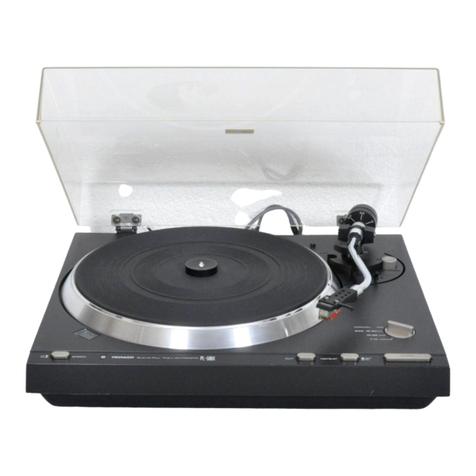Pioneer PL-2 User manual
Other Pioneer Turntable manuals
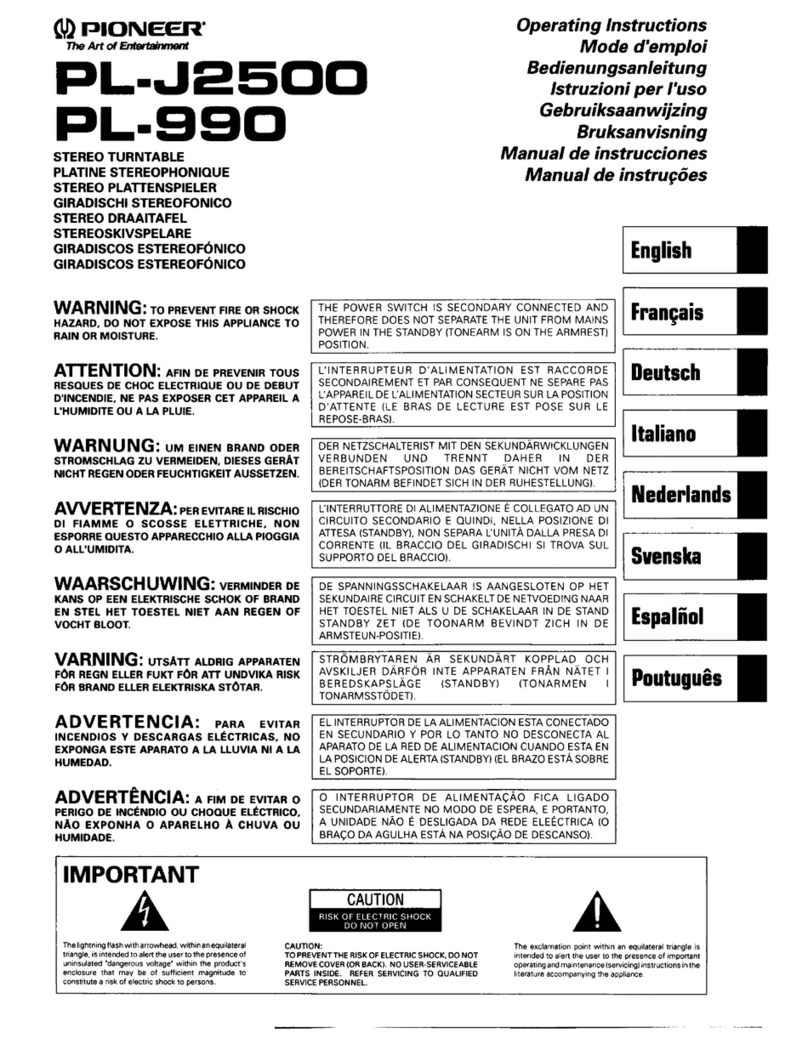
Pioneer
Pioneer PL-J2500 User manual

Pioneer
Pioneer PL-4 User manual

Pioneer
Pioneer PL-115D User manual
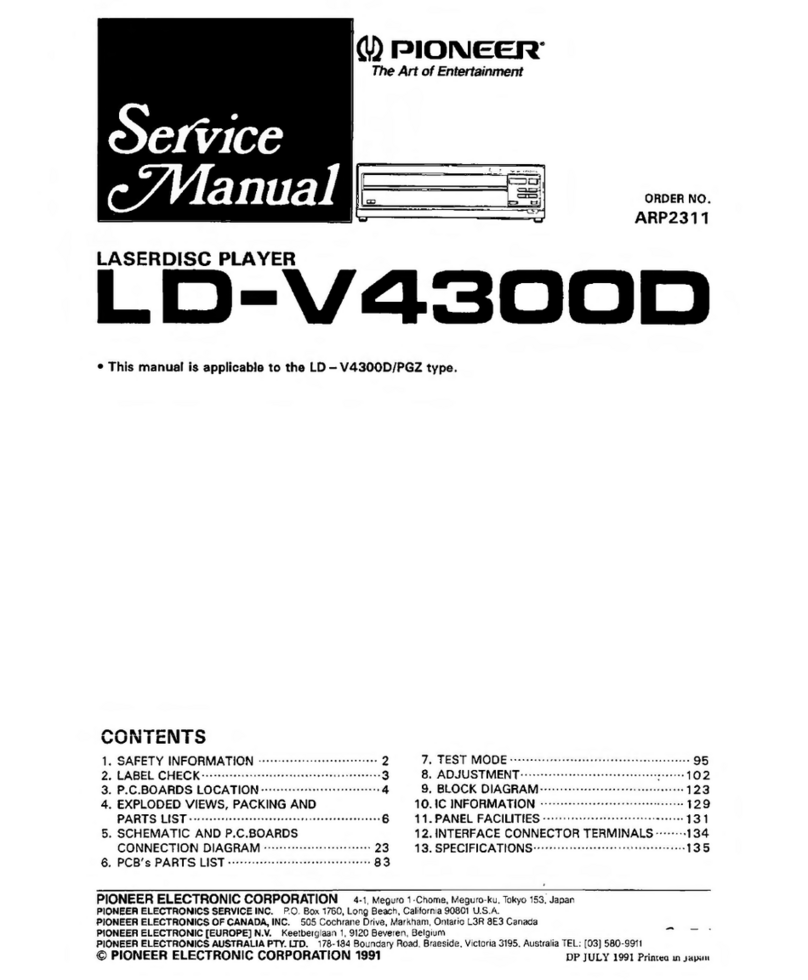
Pioneer
Pioneer LC-V4300C User manual
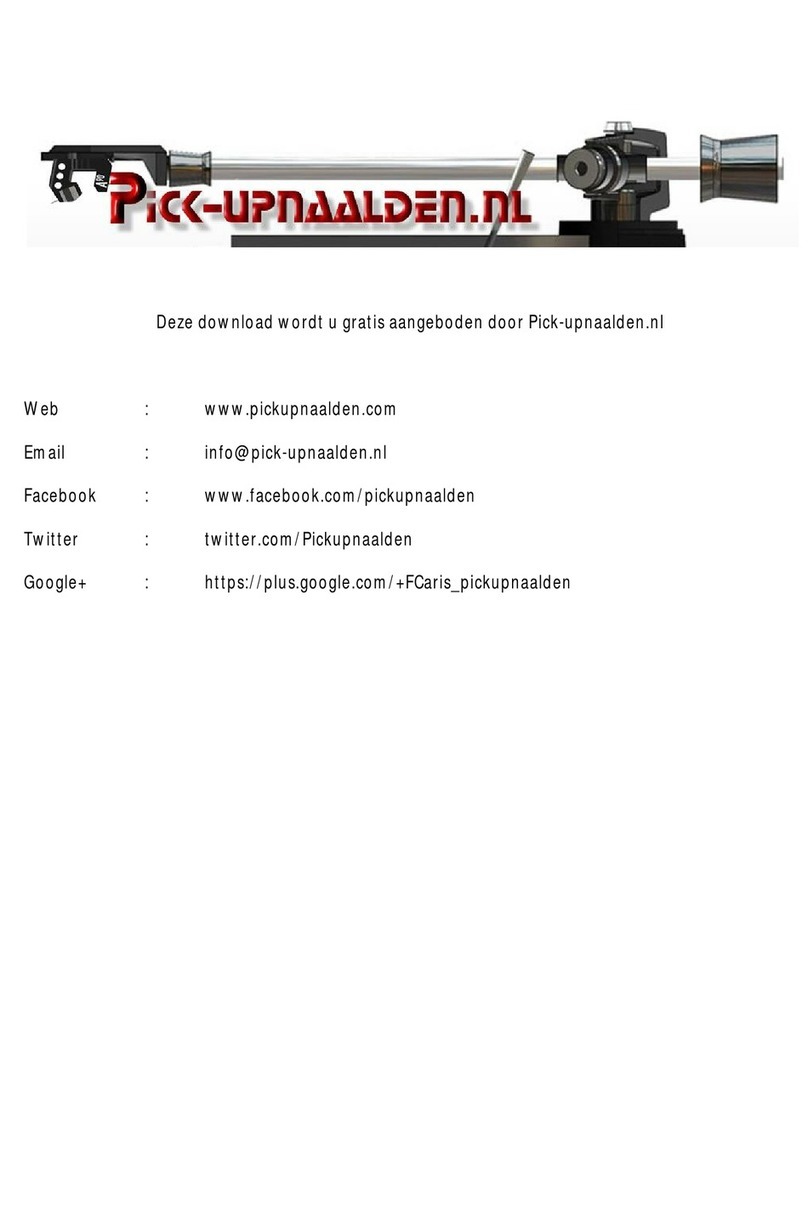
Pioneer
Pioneer PL-110 User manual

Pioneer
Pioneer N-30AE User manual
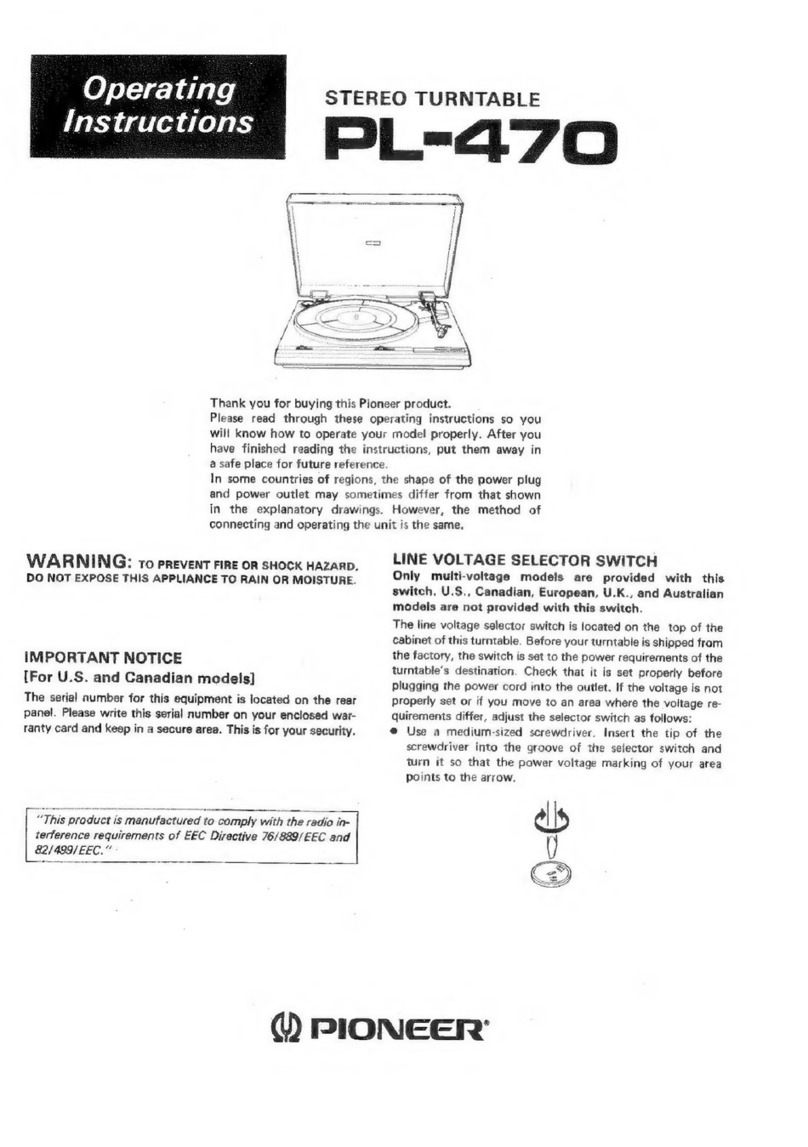
Pioneer
Pioneer PL-470 User manual
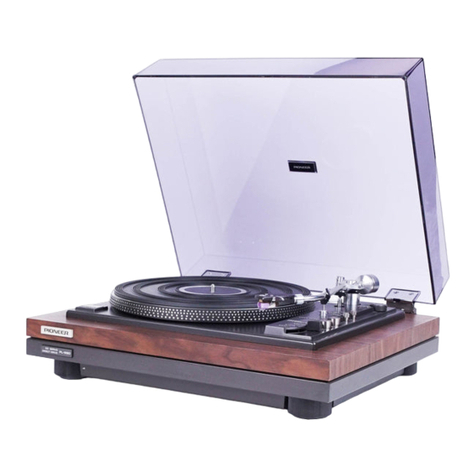
Pioneer
Pioneer PL-55 User manual
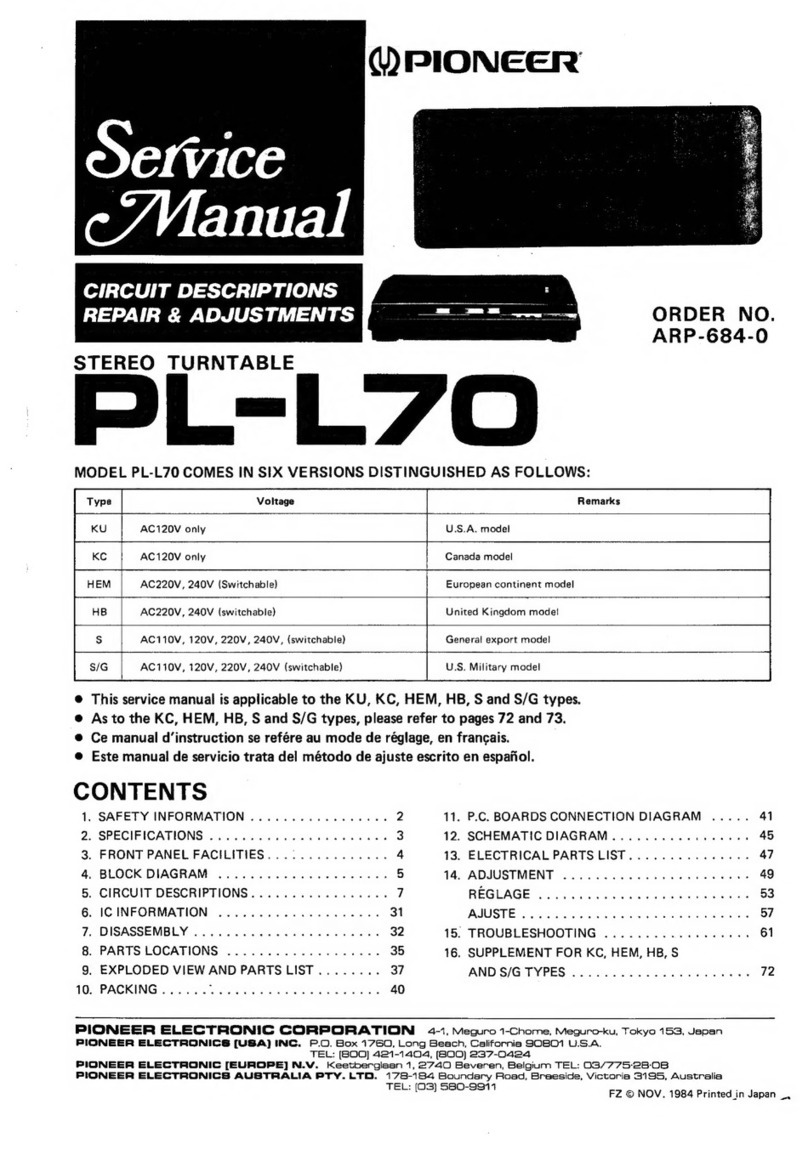
Pioneer
Pioneer PL-L70 User manual

Pioneer
Pioneer PL-55X User manual
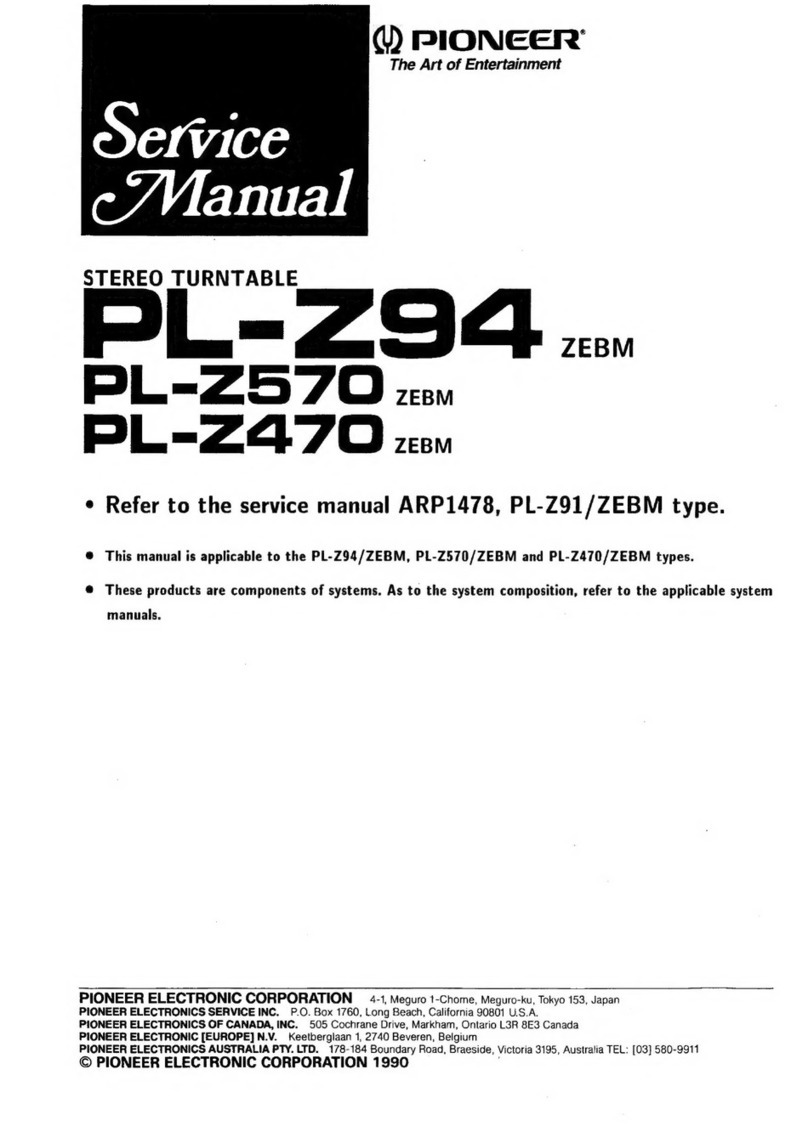
Pioneer
Pioneer PL-Z94 User manual

Pioneer
Pioneer PL-520 User manual

Pioneer
Pioneer PL-600 User manual

Pioneer
Pioneer PL-71 User manual
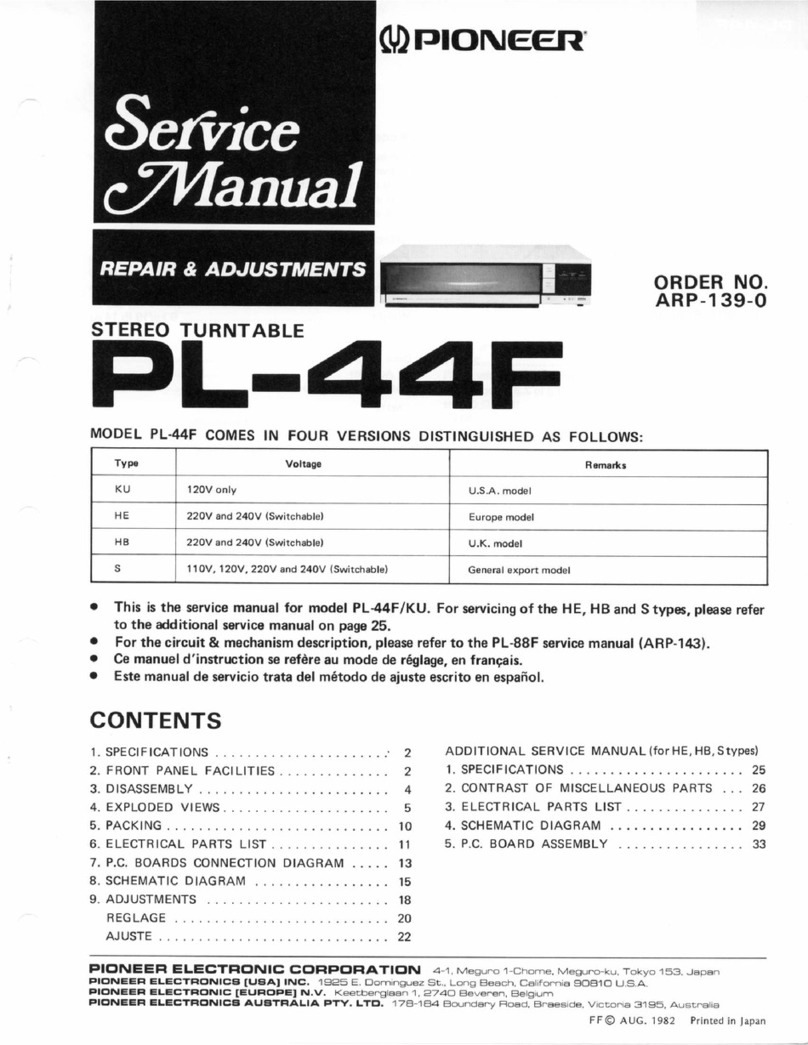
Pioneer
Pioneer PL-44F User manual

Pioneer
Pioneer DEH-P7550MP User manual

Pioneer
Pioneer PL-A45 User manual

Pioneer
Pioneer PL-560 BK User manual

Pioneer
Pioneer PL-707 User manual
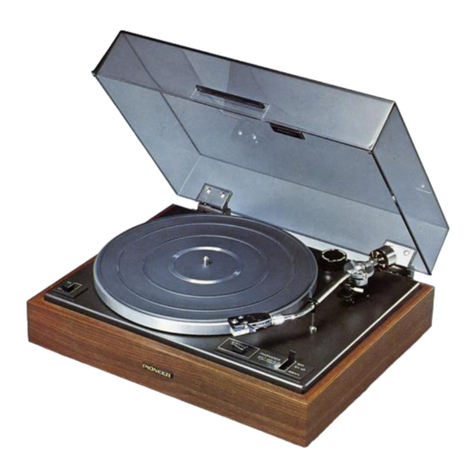
Pioneer
Pioneer PL-12E PV User manual


